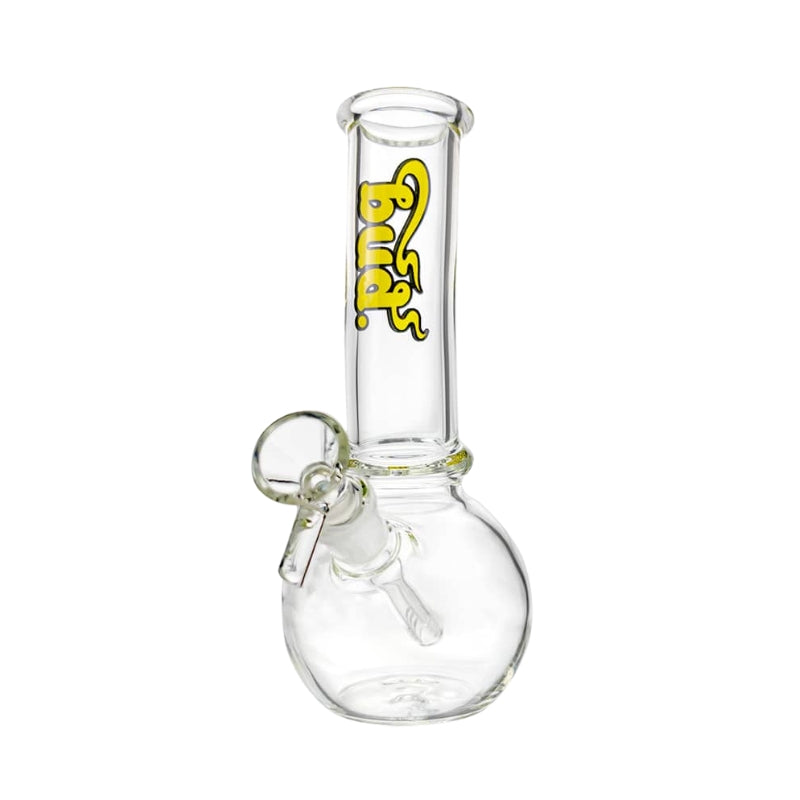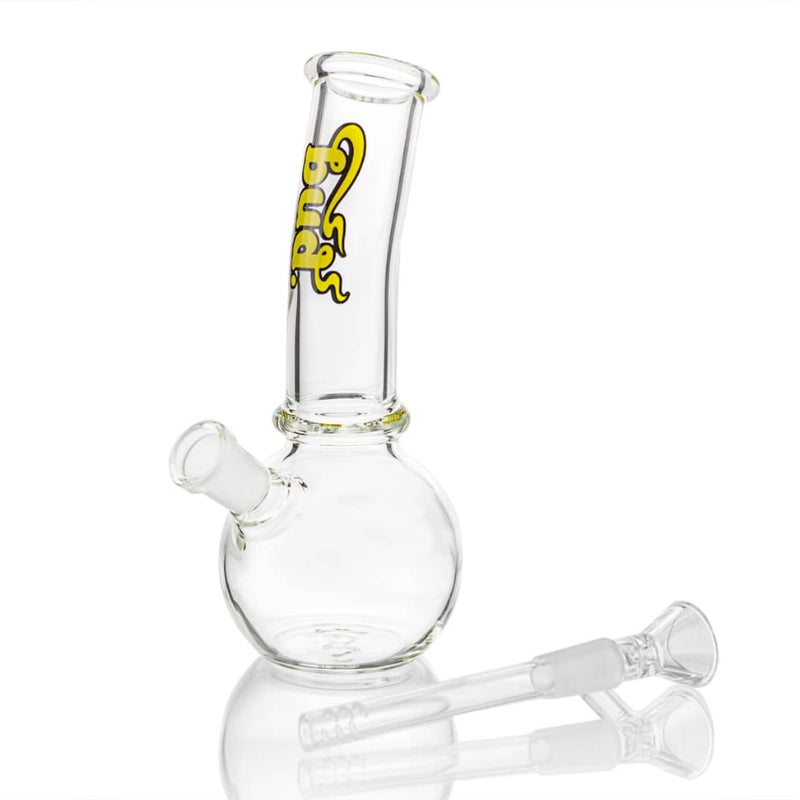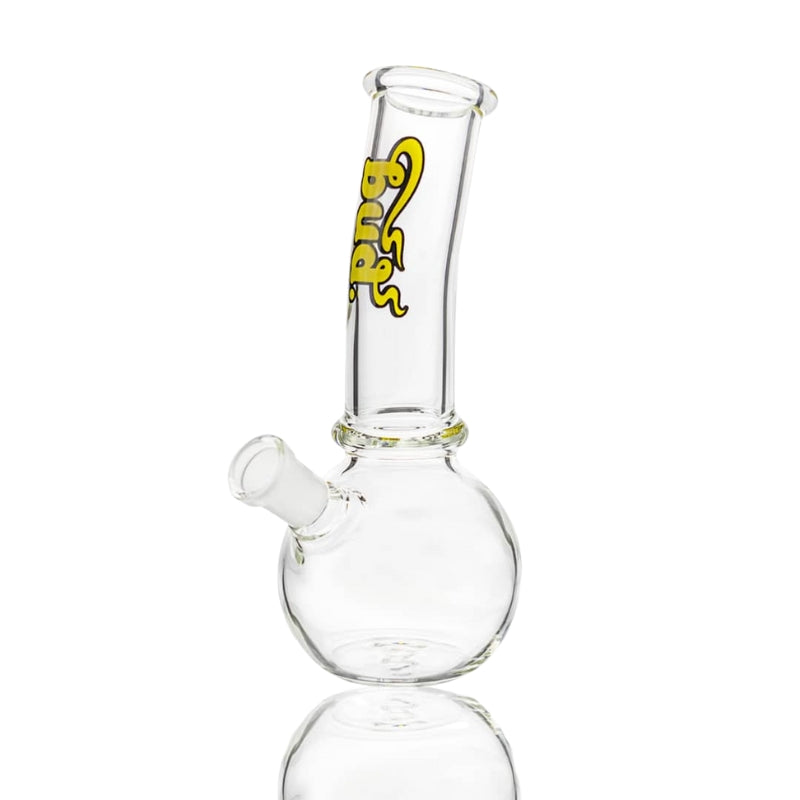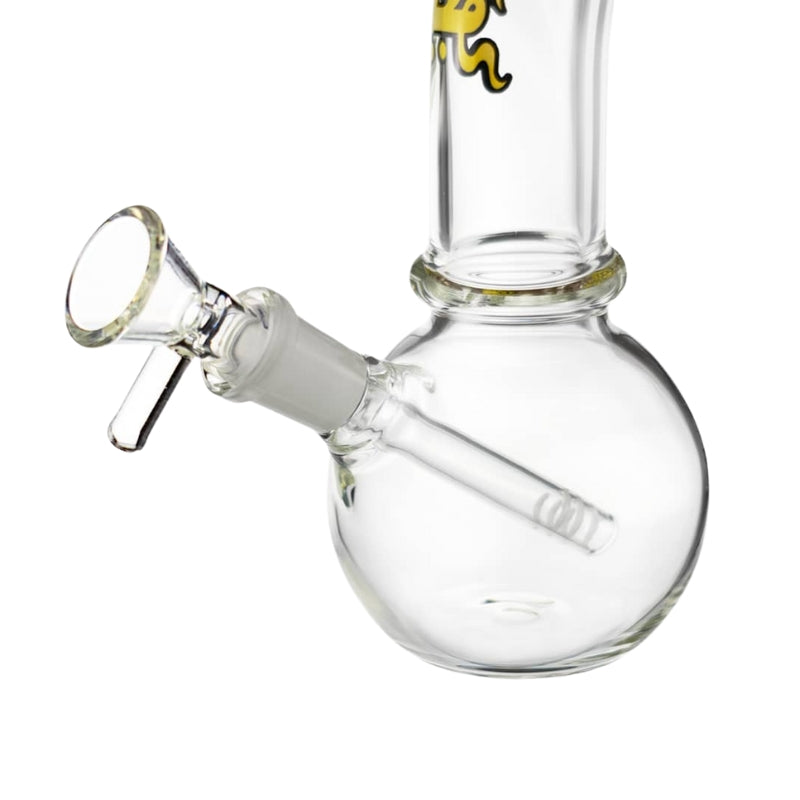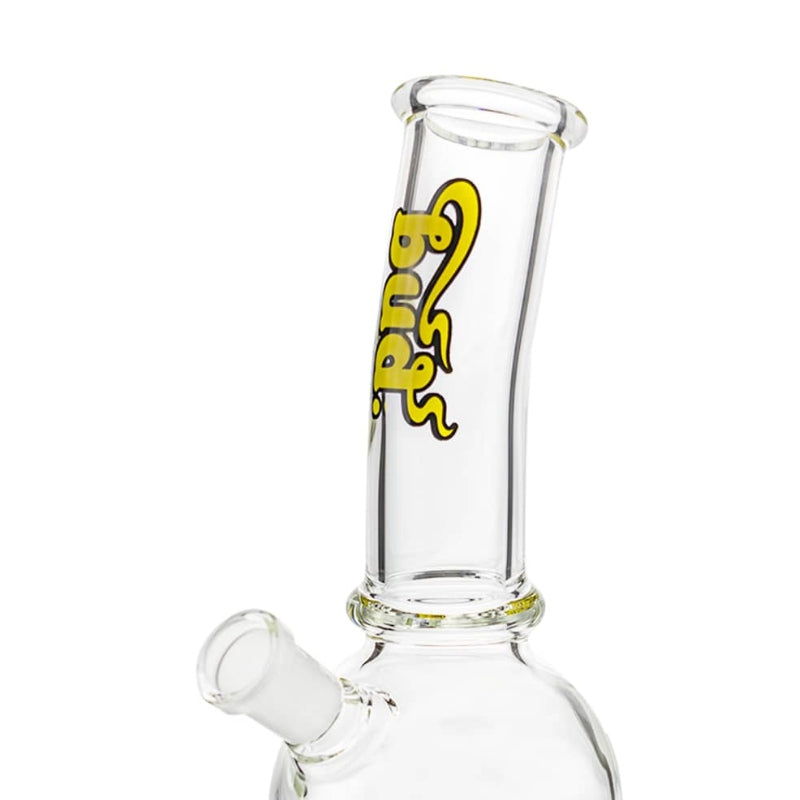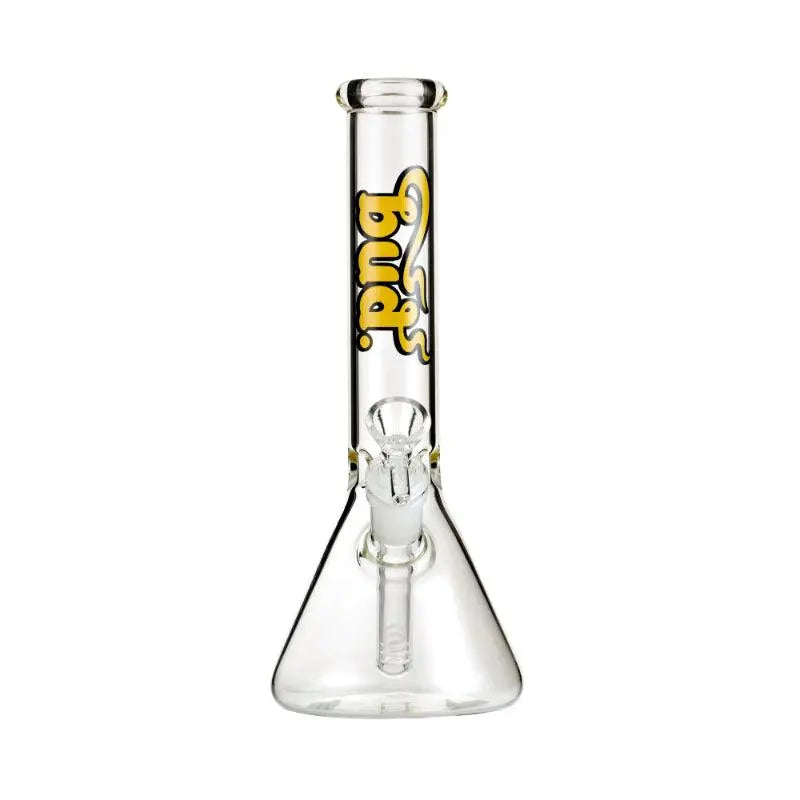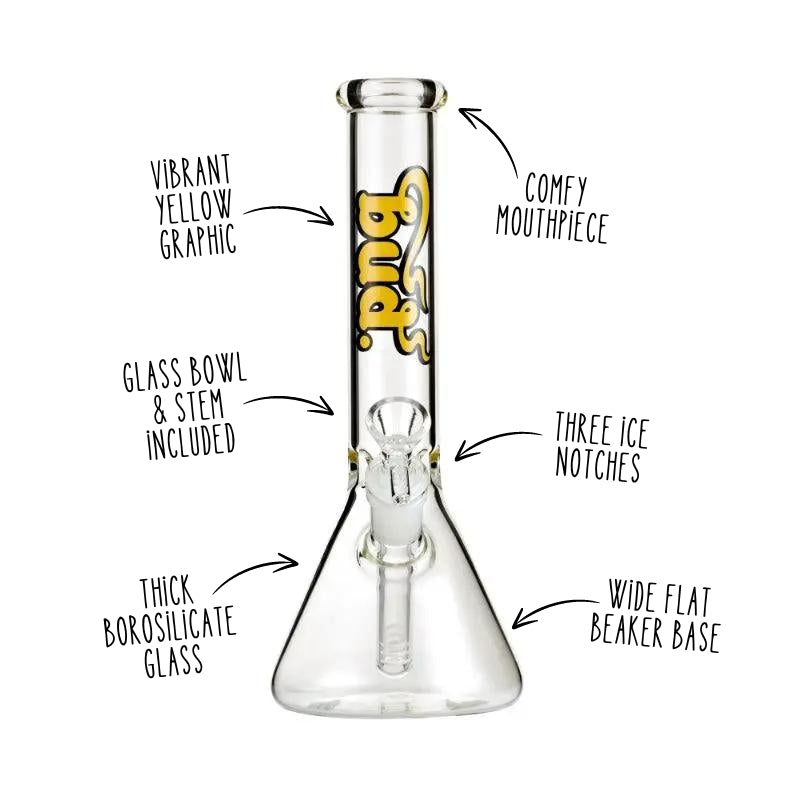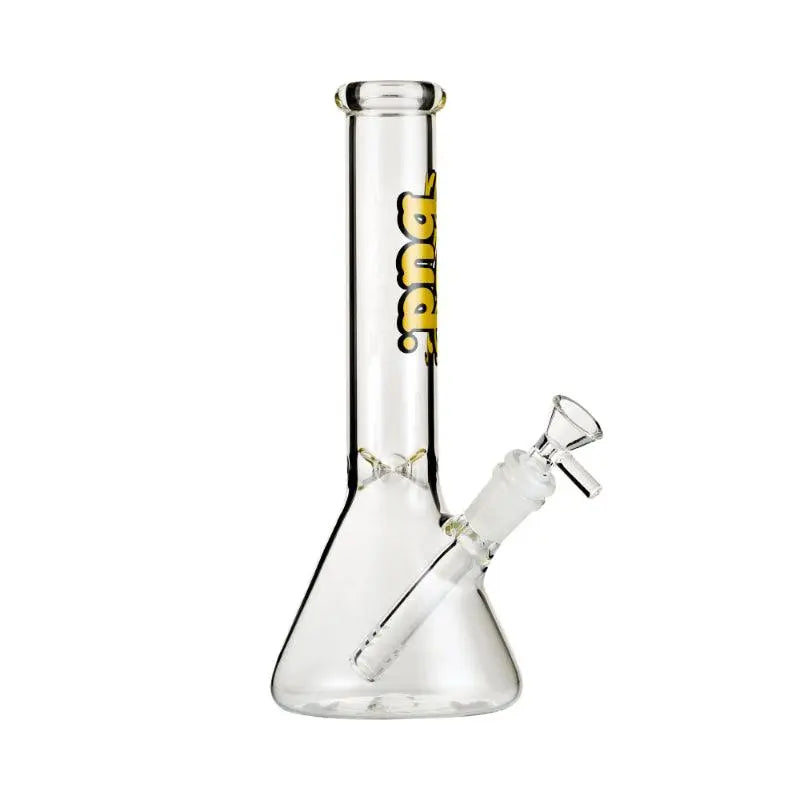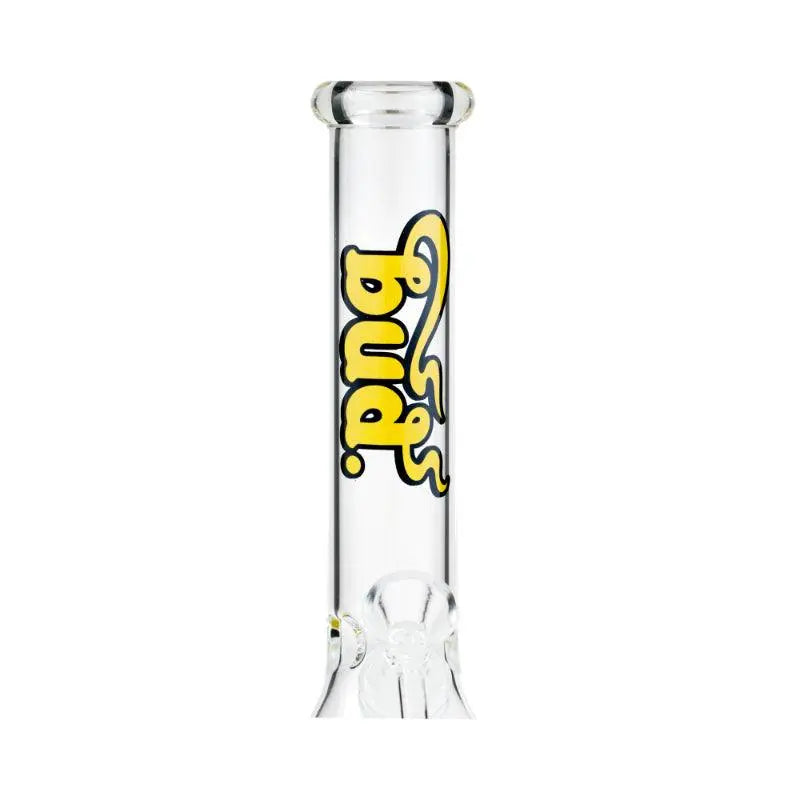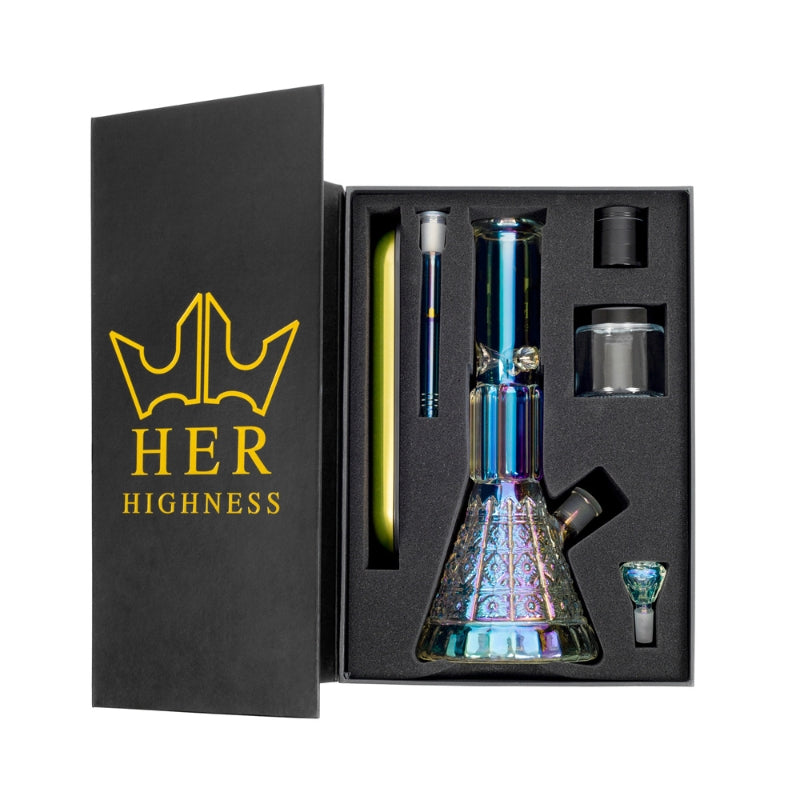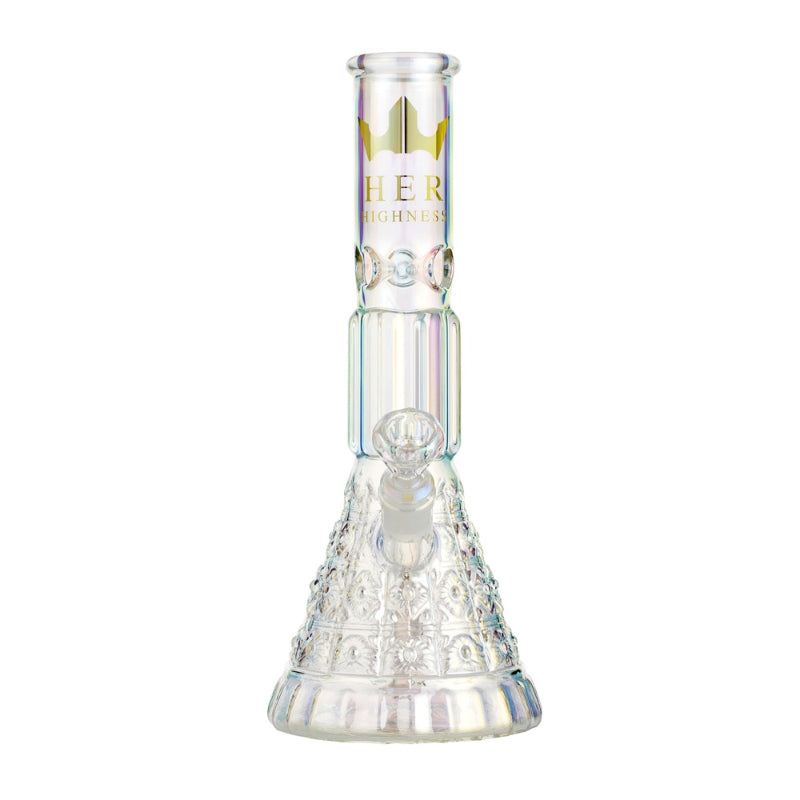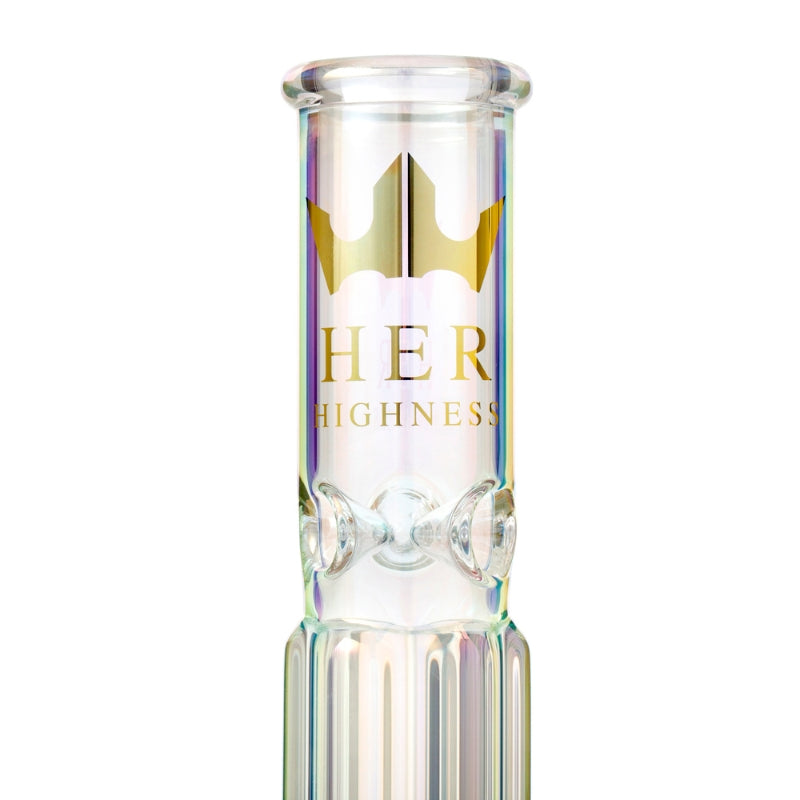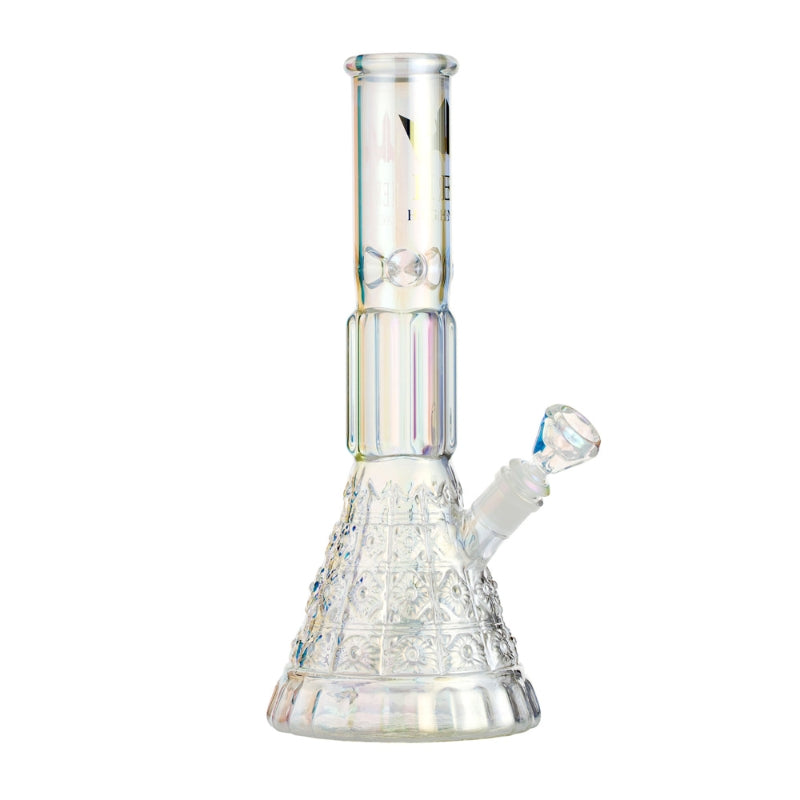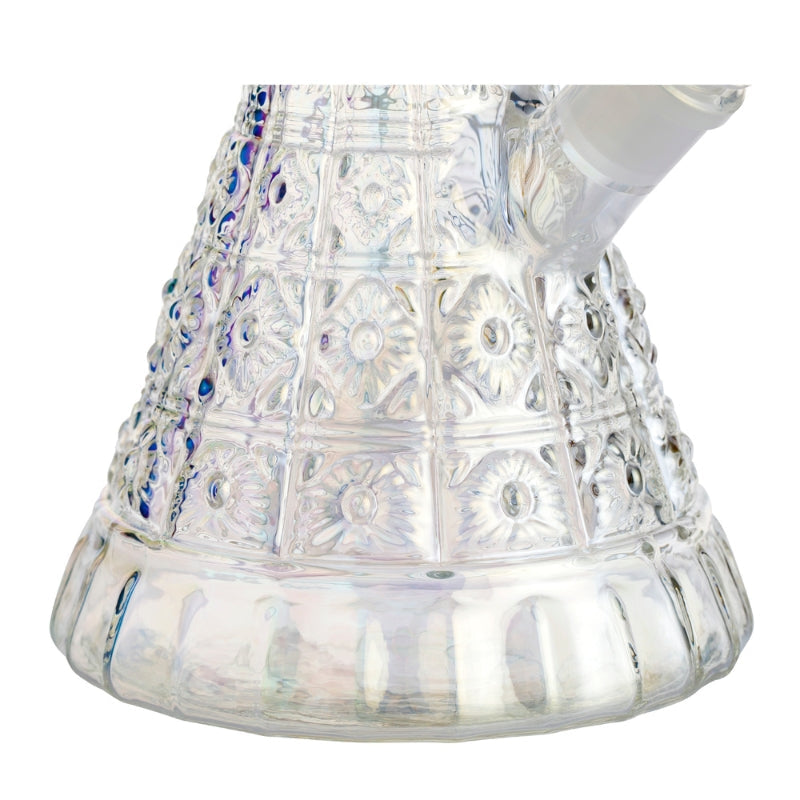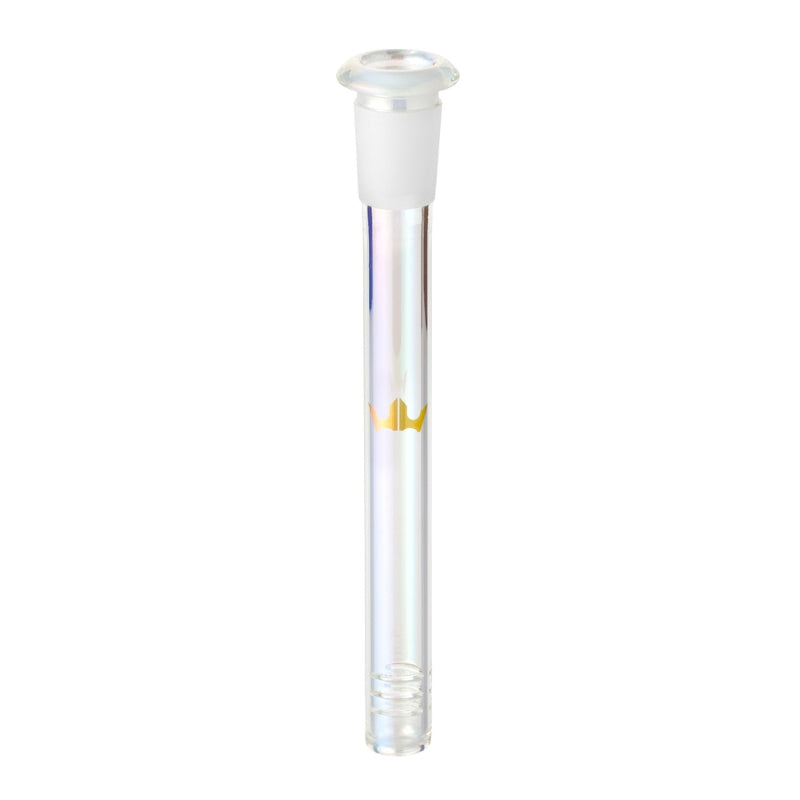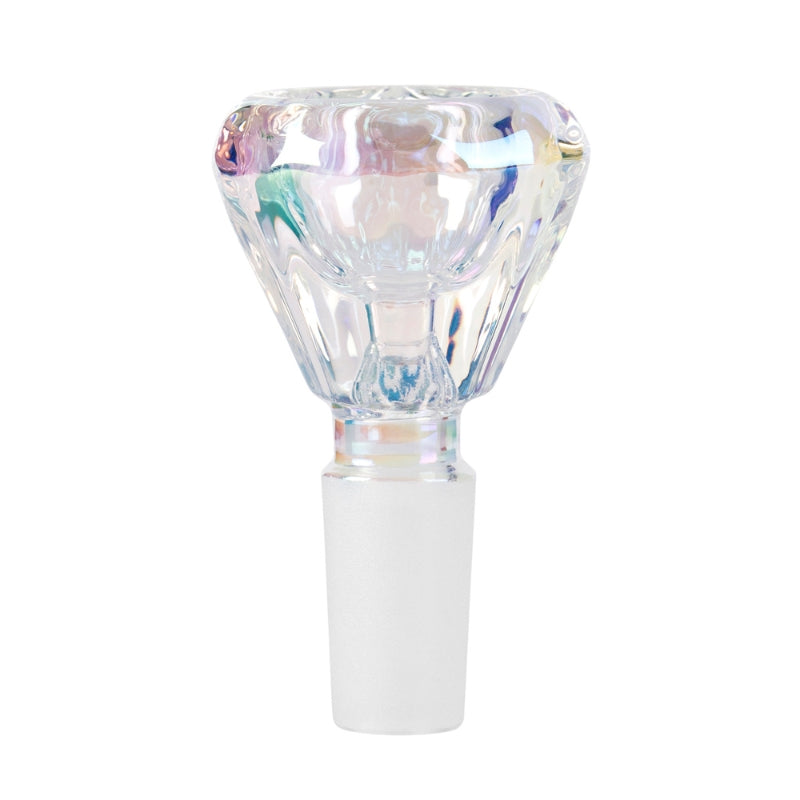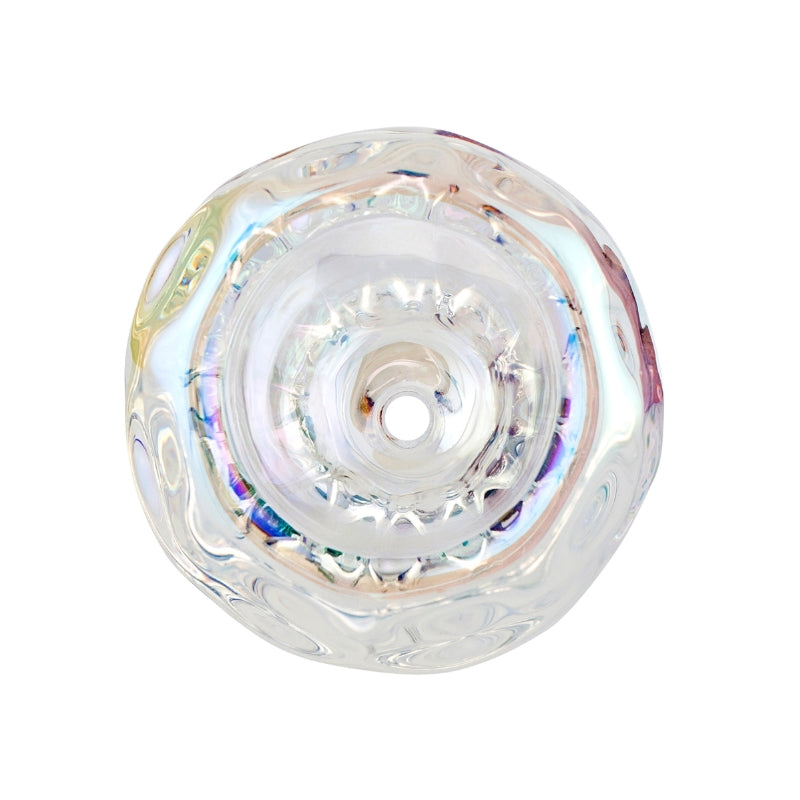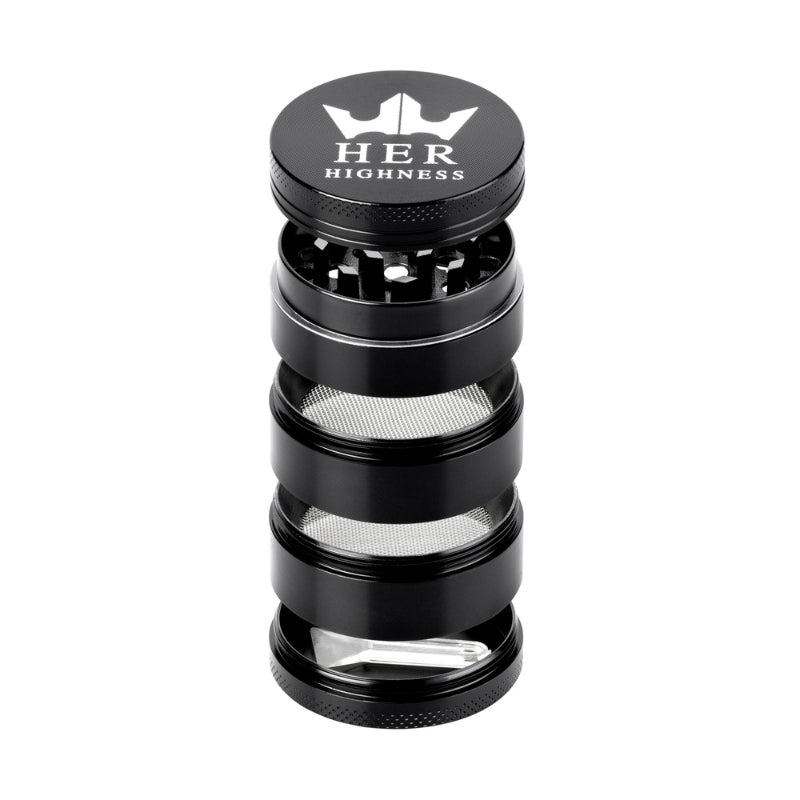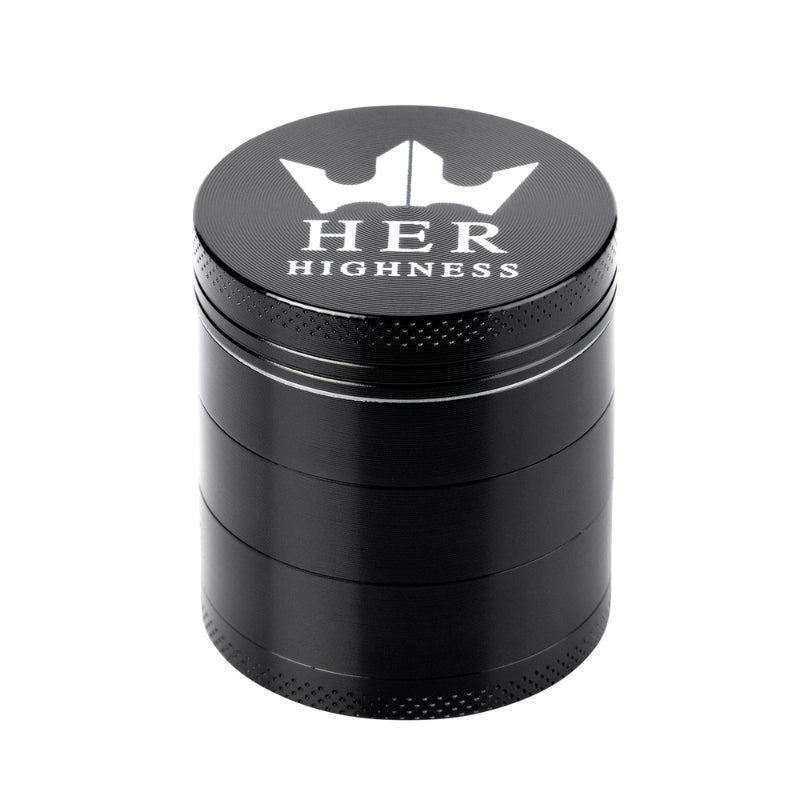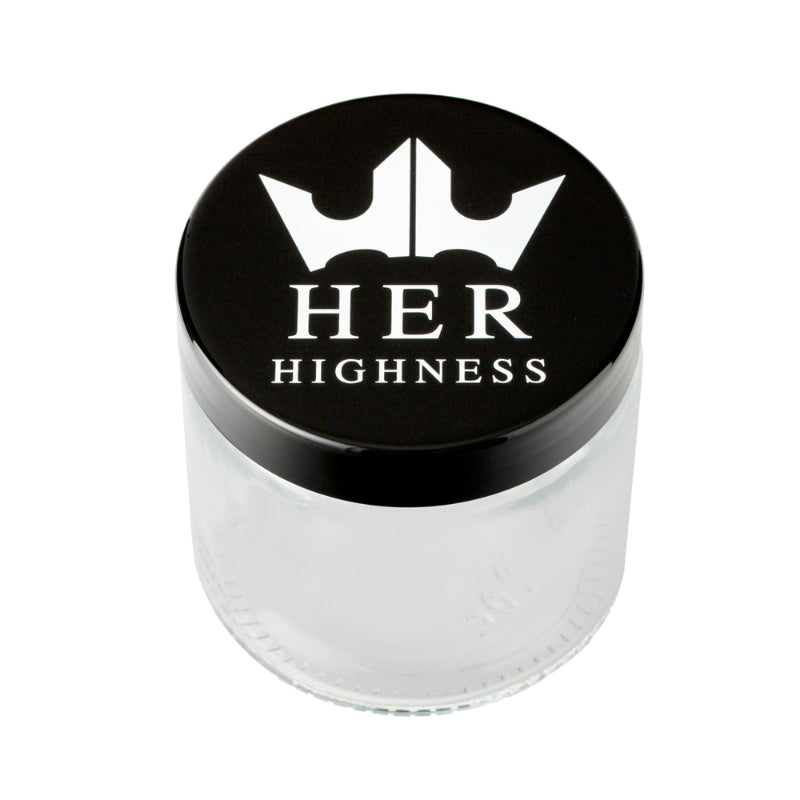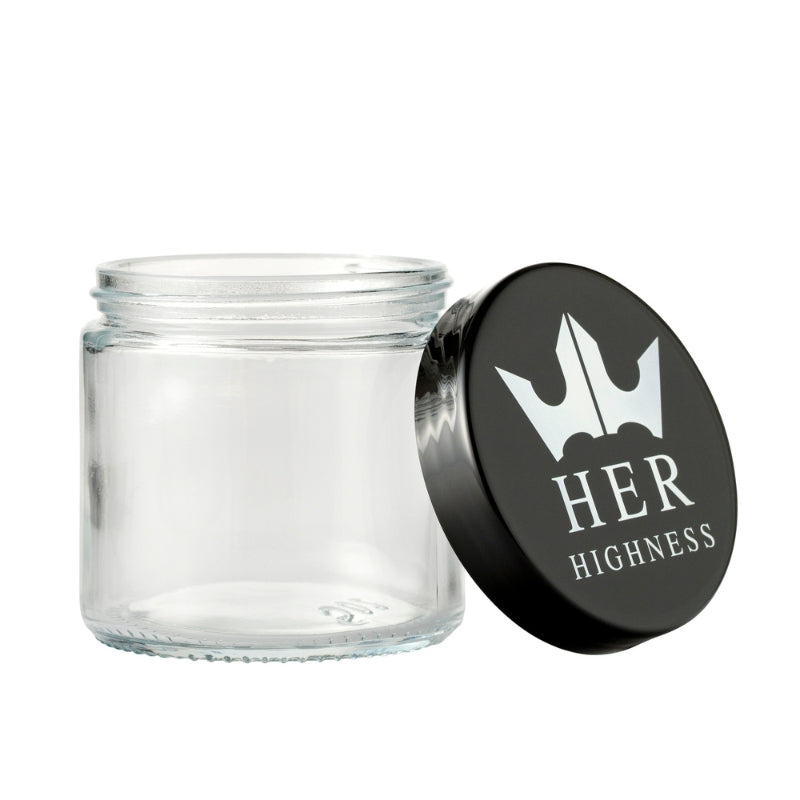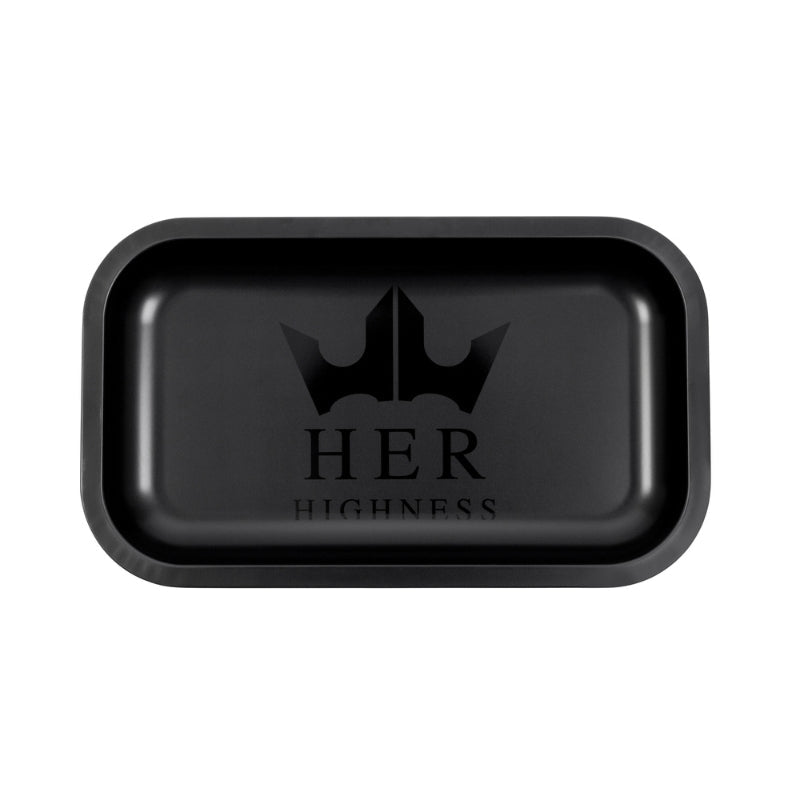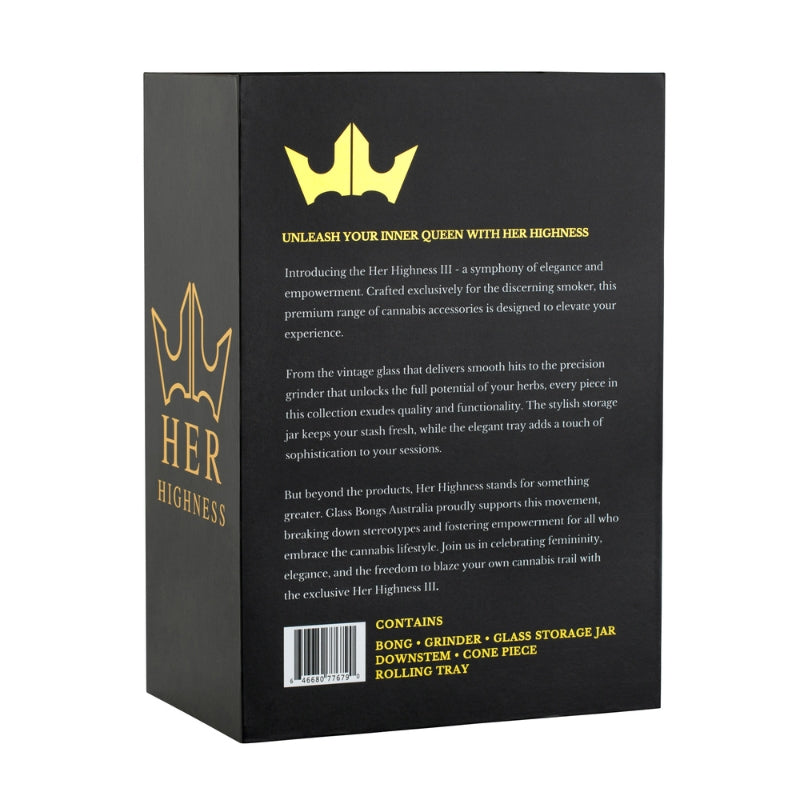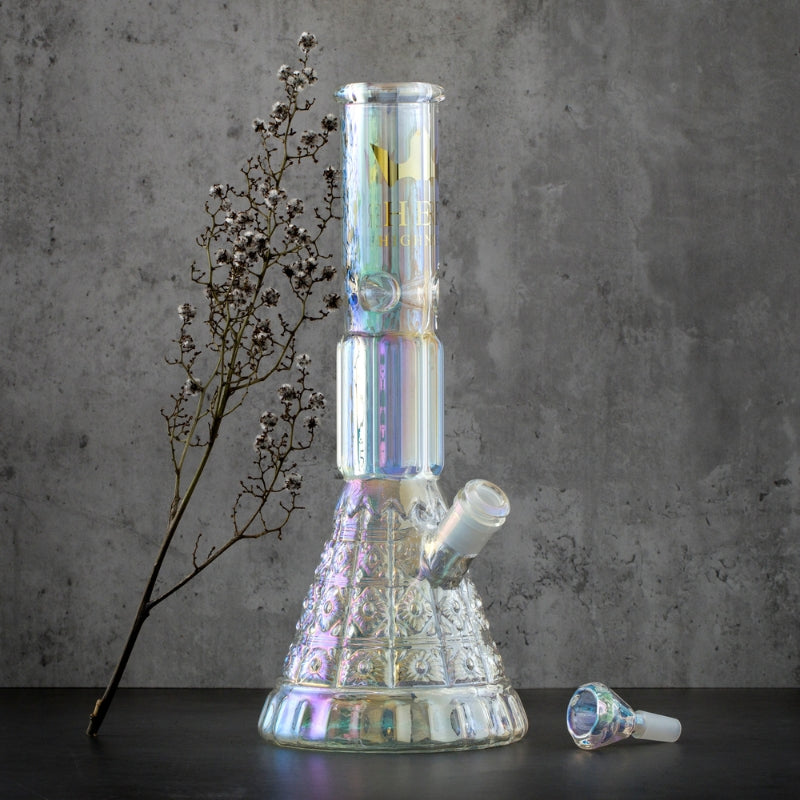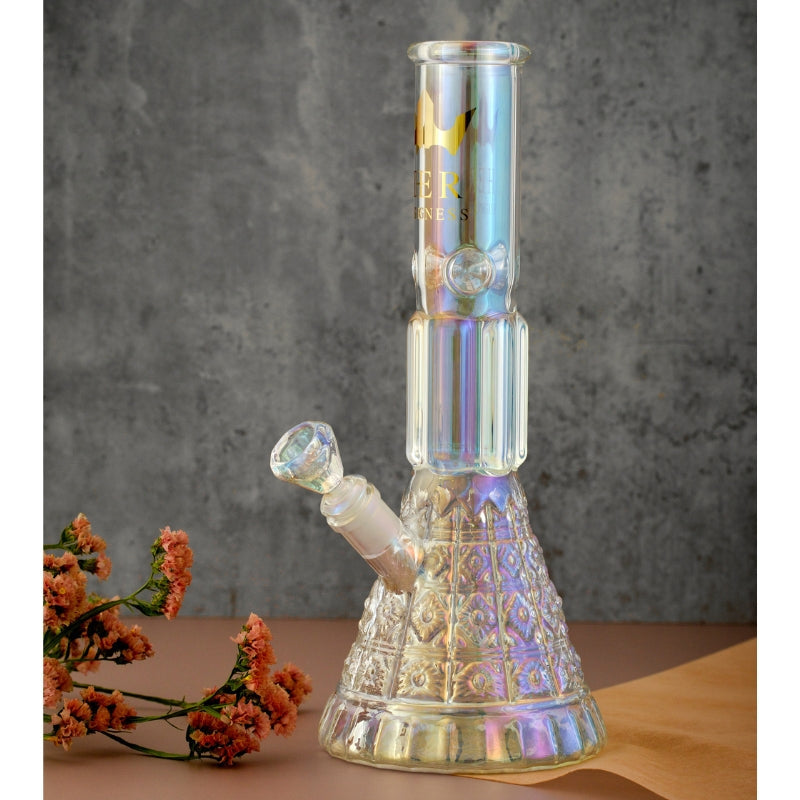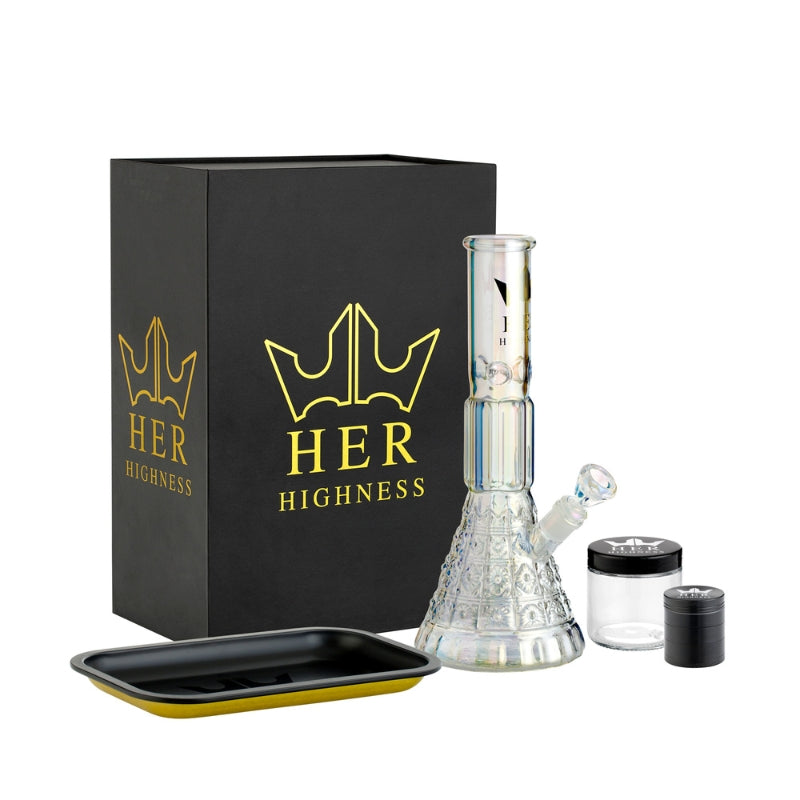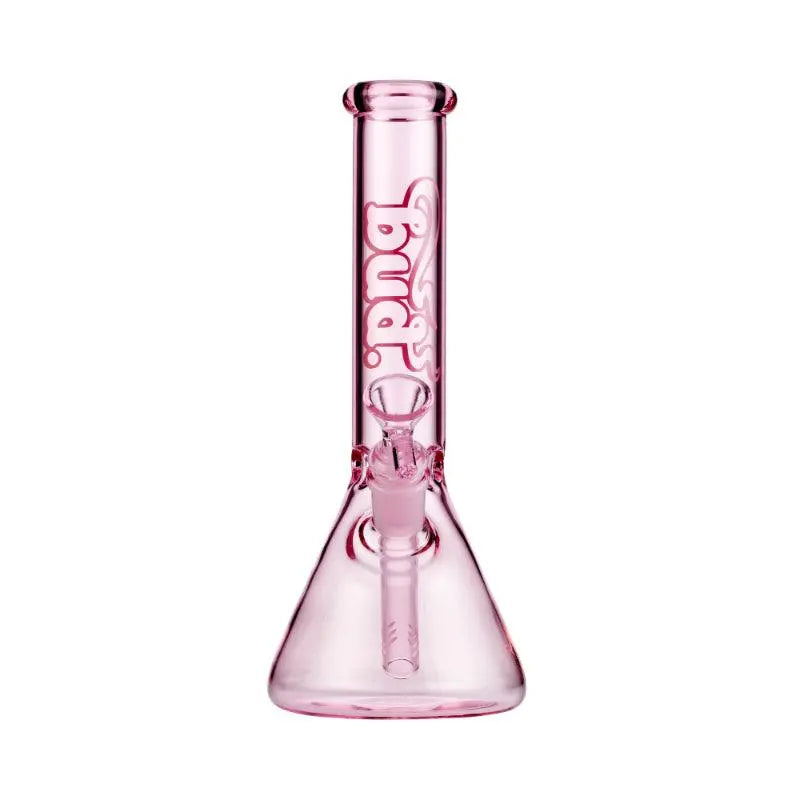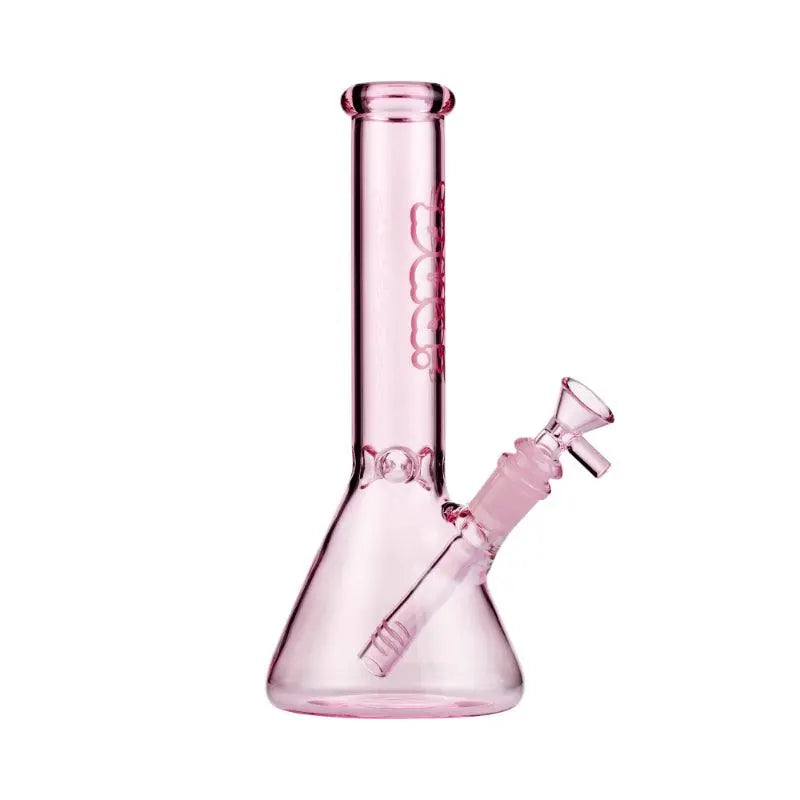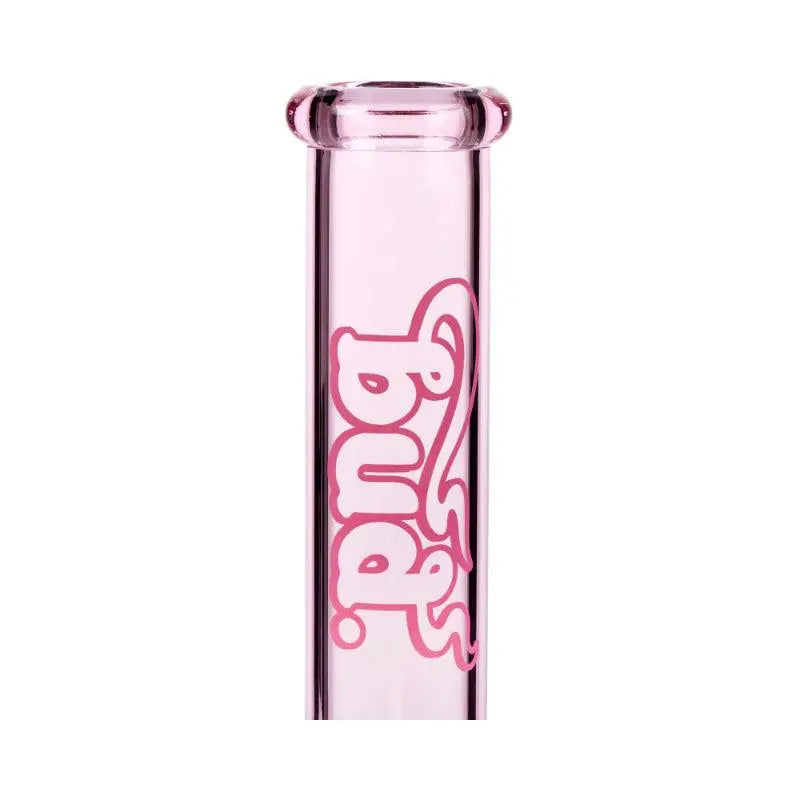Dab rigs share some similarities with traditional bongs, but they also feature a few distinct components that set them apart.
Let's explore the key parts that make up a dab rig:
The Nail
The nail is the most critical component of a dab rig, as it is the surface upon which the concentrate is vaporized.
Nails can be made from a variety of materials, including quartz, titanium, and ceramic, each offering unique properties and benefits.
Quartz nails, for instance, are prized for their ability to preserve the delicate terpene profiles of concentrates, while titanium nails are renowned for their durability and heat retention.
The Banger
A banger is a type of nail that features a deeper, bowl-like shape, designed to hold and vaporize concentrates more efficiently.
Bangers are often made of quartz, as this material can withstand the high temperatures required for optimal vaporization without compromising the flavour.
The Carb Cap
The carb cap is a small, dome-shaped accessory that fits over the nail or banger.
When in use, the carb cap helps to regulate the airflow and maintain the ideal temperature for vaporization, resulting in a smoother, more flavourful hit.
The Water Chamber
The water chamber is the main body of the dab rig, where the vapour passes through water to cool and filter the inhalation.
Dab rigs typically feature a smaller water chamber compared to traditional bongs, as the goal is to minimise the surface area and prevent the loss of precious vapour.
The Downstem and Joint
The downstem is the vertical tube that extends into the water chamber, while the joint is the connection point between the nail or banger and the main body of the rig.
These components work together to facilitate the smooth flow of vapour from the nail to the mouthpiece.
The Mouthpiece
The mouthpiece of a dab rig is typically narrower and more angled than a traditional bong, allowing for a more focused and comfortable inhalation of the concentrated vapour.










